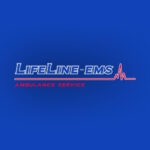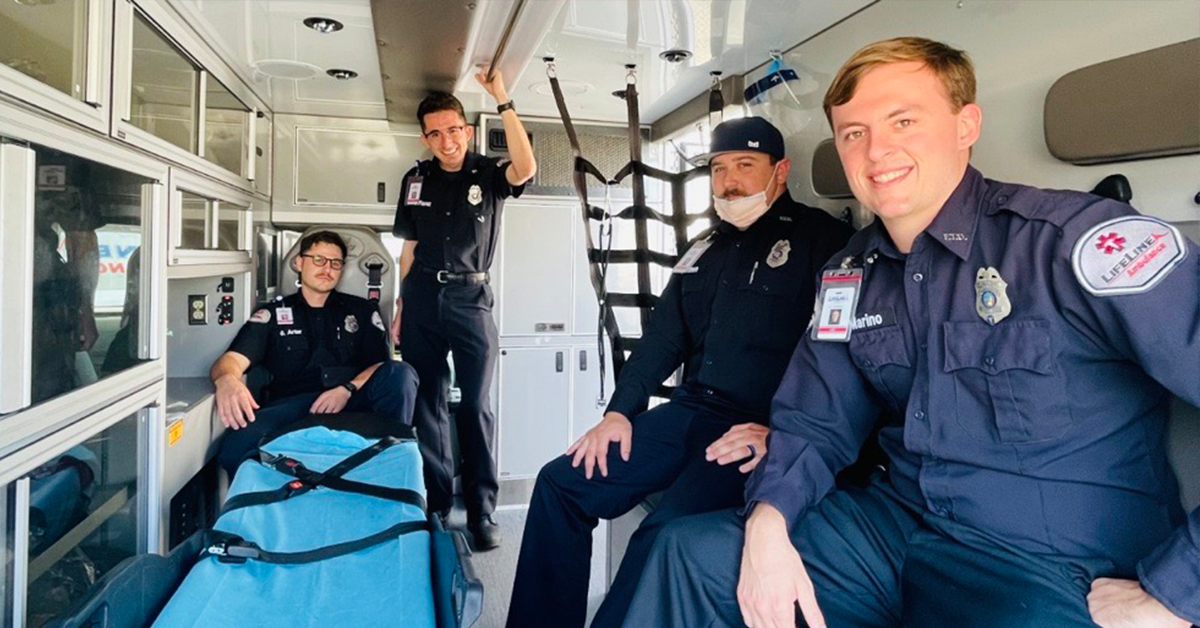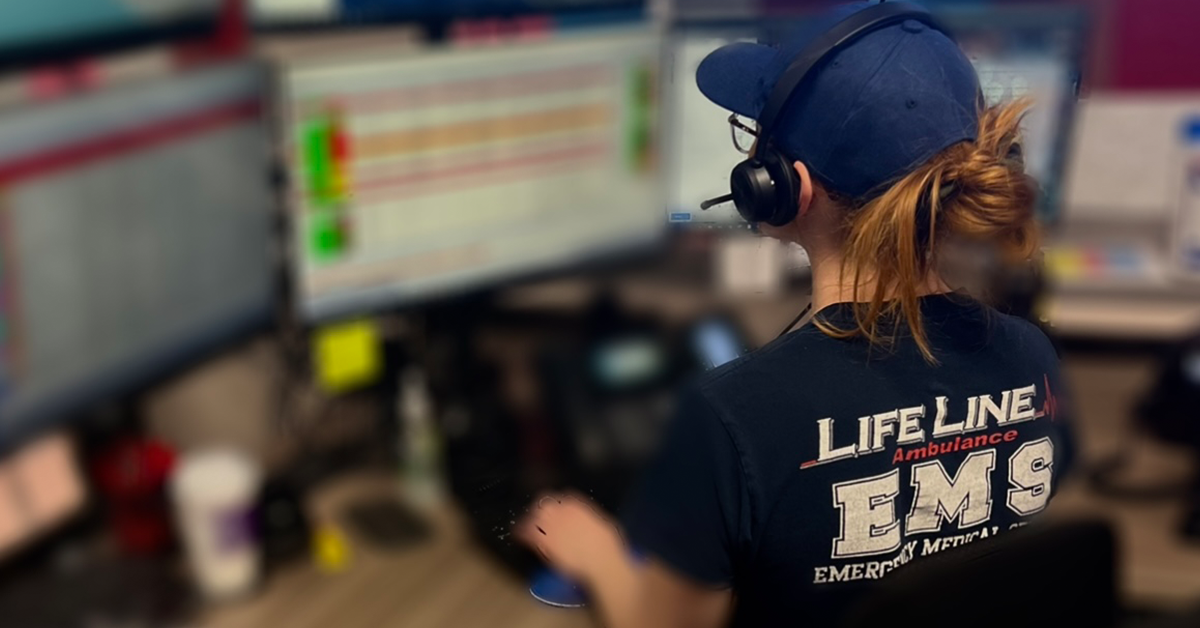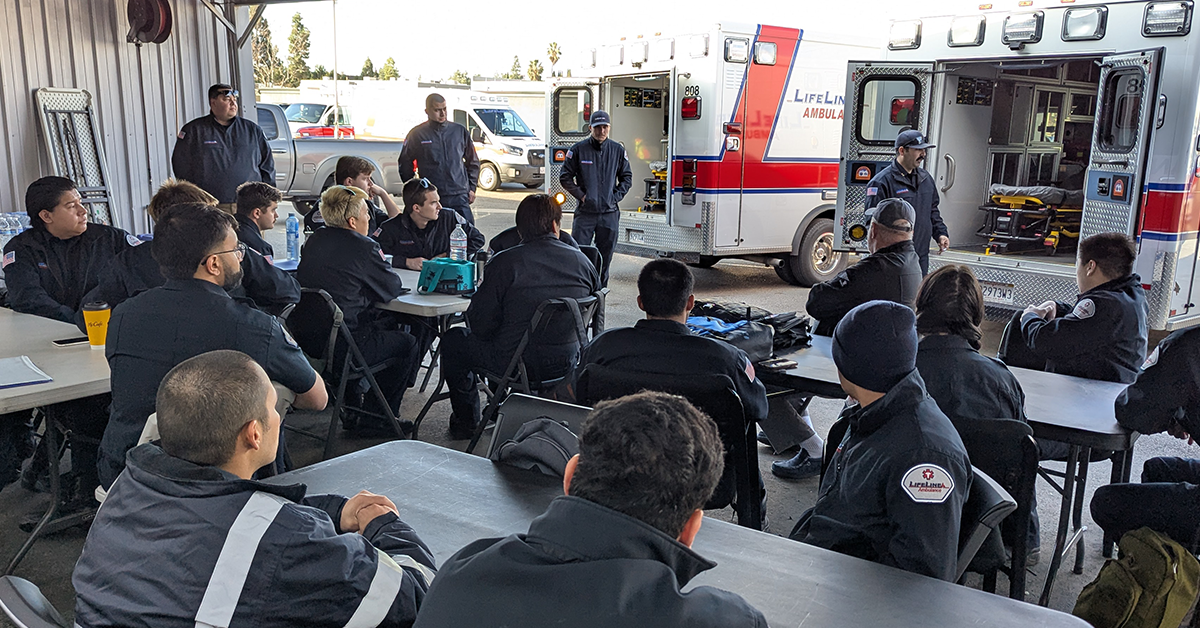Emergency Medical Services play a critical role in ensuring the health and safety of communities. In Southern California, including Los Angeles, the importance of EMS is amplified by the region’s dense population, frequent traffic accidents, and natural disasters. These everyday heroes work tirelessly to provide life-saving care, often under extreme conditions, bridging the gap between crisis and comprehensive medical attention.
The Role of EMS in Our Communities
EMS professionals are the first responders to emergencies, ranging from heart attacks and strokes to car accidents and natural disasters. Their responsibilities include:
- Rapid Response: Providing immediate medical care within minutes of receiving a call.
- Stabilization: Assessing and stabilizing patients on the scene.
- Transportation: Safely transporting patients to hospitals for further treatment.
- Education and Prevention: Educating the public about safety measures and first aid to prevent emergencies.
Without EMS, many medical emergencies would escalate, leading to higher fatality rates and long-term complications.
The Everyday Heroes Behind EMS
EMS workers include paramedics, emergency medical technicians (EMTs), dispatchers, and support staff. Each plays a unique role in the life-saving chain. In Los Angeles, these professionals face challenges such as:
- Traffic Congestion: Navigating through some of the nation’s worst traffic to reach patients quickly.
- Cultural Diversity: Communicating effectively with a diverse population.
- Natural Disasters: Responding to earthquakes, wildfires, and floods common to Southern California.
Despite these hurdles, their commitment to saving lives remains steadfast.
Why EMS Is Essential in Southern California
The Greater Los Angeles area’s unique characteristics highlight the indispensable role of EMS:
1. High Population Density
With over 10 million residents, Los Angeles County is one of the most populous areas in the U.S. This density increases the likelihood of medical emergencies, from heart attacks to traumatic injuries.
2. Tourism and Events
Southern California attracts millions of tourists annually, with events like concerts, sports games, and festivals often requiring on-site EMS teams to ensure safety.
3. Frequent Natural Disasters
Wildfires, earthquakes, and mudslides are common in the region. EMS teams are often the first on the scene, coordinating evacuations and providing medical care.
LifeLine EMS: A Local Hero in Los Angeles
LifeLine EMS is a premier provider of emergency medical services in Southern California. Known for its commitment to excellence, LifeLine EMS stands out by:
- Employing Highly Trained Professionals: LifeLine ensures its staff undergo rigorous training and certification.
- Investing in Advanced Technology: From state-of-the-art ambulances to cutting-edge medical equipment, LifeLine prioritizes innovation.
- Community Engagement: LifeLine actively participates in community education programs, empowering residents with life-saving knowledge.
The Impact of EMS on Public Health
Beyond emergency care, EMS systems contribute significantly to public health by:
- Reducing Response Times: Quick intervention often means the difference between life and death.
- Improving Survival Rates: Advanced pre-hospital care improves outcomes for conditions like cardiac arrest and stroke.
- Providing Data for Research: EMS systems collect valuable data used to enhance healthcare policies and practices.
How You Can Support EMS
The community can play an active role in supporting EMS by:
- Learning CPR and First Aid: Basic skills can save lives before EMS arrives.
- Understanding When to Call 911: Reserve emergency services for genuine crises to avoid unnecessary delays.
- Advocating for Funding: Support local initiatives that provide resources and training for EMS teams.
- Expressing Gratitude: A simple thank-you can mean the world to EMS professionals who work tirelessly for others.
The Future of EMS in Southern California
As technology evolves, EMS systems are poised to become even more efficient. Innovations like telemedicine, real-time data sharing, and AI-driven decision support will further enhance the capabilities of EMS providers.
In Los Angeles and beyond, the dedication of EMS professionals ensures that communities remain safe and resilient. Their work underscores the importance of investing in these life-saving systems, both now and in the future.
Keep Reading
Want more? Here are some other blog posts you might be interested in.
In the high-stakes world of emergency medical services, clear and effective communication can mean the difference between life and death. EMS professionals...
Emergency Medical Services is an ever-evolving field that requires constant learning and adaptation. With medical advancements, technological innovations, and increasing public health...
Emergency Medical Services s a high-stress, physically demanding profession that requires dedication, quick decision-making, and resilience. While the rewards of saving lives...






